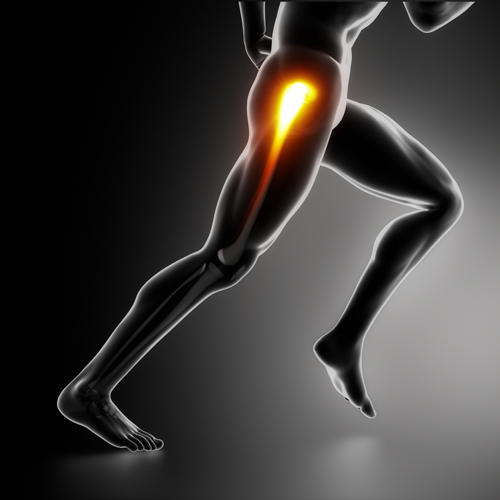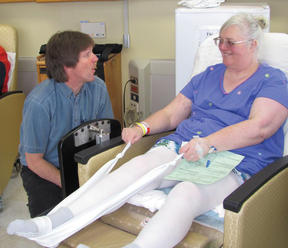“I have a quick question for you….”
This is typically how the conversation changes tracks.
I have the opportunity to interact with many different people throughout my day, both in my work life as a physical therapist, as well as in my personal life as just plain old me, Alyssa. Whenever I meet someone new and we are chatting about who we are and what we do, it of course comes up that I’m a physical therapist. This is where that conversation transition happens – “I have a quick question for you. I’ve been having pain in my _______.” The person is often looking for advice, or even suggestions for exercises to do.

What most people don’t realize is that I cannot, and should not, give them “blind” recommendations. For example, someone who has a rotator cuff tear in their shoulder may need something entirely different than someone who has something going on with their biceps muscle that attaches in a similar area. Or someone who has hip pain related to a tear in their hip labrum needs something very different than someone with an iliopsoas strain.
It is important that you receive a through evaluation for whatever is ailing you. This ensures that any recommendations provided are safe and appropriate The last thing that you want is to have someone without all of the information telling you what to do, and have it create a larger problem.
The other important thing to know is that there is no such thing as a “hip exercise” or a “knee exercise”. We do not have a catch-all exercise program for each body part. We utilize information gathered during our evaluation to create a unique and specific exercise program and course of care for you as an individual.
For example, if you come to me for low back pain, I will go through my different assessments to determine what needs to be addressed. One common finding is that the hips aren’t appropriately strong to assist in supporting the low back during movement or activity. You will then get a specific exercise or series of exercises to address this. If your hamstring are too tight, they may need to be stretched, or have soft tissue mobilization (similar to massage techniques) done. There should be nothing that is a cookie-cutter approach. So when you’re curious about what to do for yourself when see us PTs “out in the wild”, just know that you might not get the answer that were hoping for, because we want to make sure that you get the best advice possible!

Article author, Dr. Alyssa Arms, PT, DPT, OCS holds a Doctor of Physical Therapy (DPT) degree from the University of Colorado Anschutz Medical Campus, and later obtained a Board Certification as an Orthopedic Clinical Specialist (OCS). She is also the President and Owner of Back in Step Physical Therapy in Centennial, Colorado, and is an instructor at her PT alma mater.



